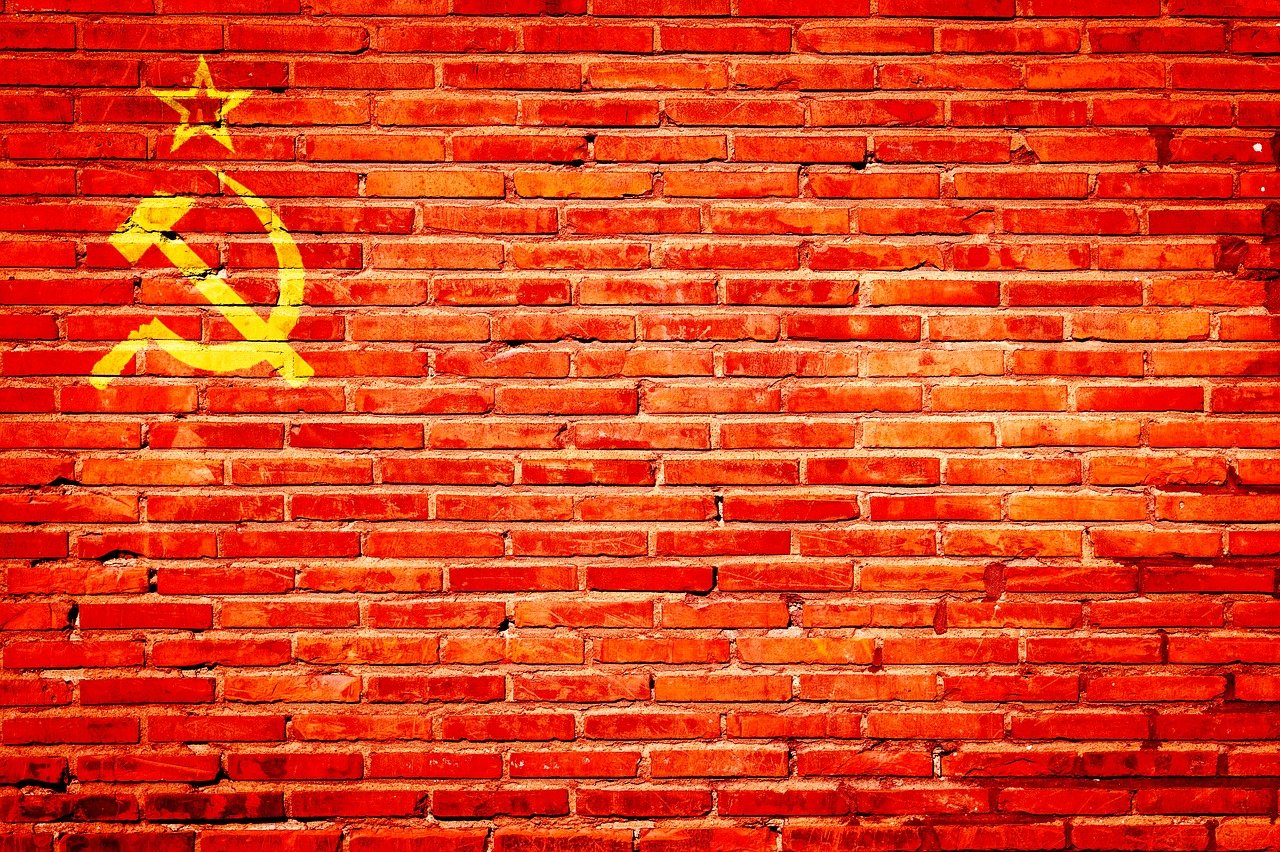
December 30, 2022 marks the one hundredth anniversary of the formation of the Union of Soviet Socialist Republics (U.S.S.R.)
Starting out as an impoverished country, the U.S.S.R. eventually became a superpower, or one of the most powerful countries in the world.
By 1991, after a period of repression and stagnation, the country dissolved. How did a former superpower come to such an end?
U.S.S.R. as an Idealized Country
It is not hard to see why some Russians see that the U.S.S.R. as an idealized country. According to Britannica School, at the height of its powers, the U.S.S.R.:
- was 8.6 million square miles (2.5 larger than the United States)
- was 1/6th of the landmass on the entire earth
- was the second largest economy in the world
- was ruled by the communist ideology of Marxism-Leninism, which provided an alternative to Western capitalism (Soviets assumed capitalism would eventually collapse)
- was considered a "superpower" (a powerful country in the world)
- had a citizenry that was well educated: 99% were literate
- had a space program that led the world
- was renown for its athletics and arts throughout the world
The end of the U.S.S.R. was complicated and influenced by many factors. I will go over one of the major causes of the U.S.S.R.'s dissolution and the lead up to its dissolution. The current Russian President, for instance, believes that the U.S.S.R.'s downfall began at the very formation, when the U.S.S.R. was divided into fifteen republics:
- Armenia
- Azerbaijan
- Belorussia
- Estonia
- Georgia
- Kazakhstan
- Kyrgyzstan
- Latvia
- Lithuania
- Moldova
- Russia
- Tajikistan
- Turkmenistan
- Ukraine
- Uzbekistan
If the plan for a Greater Russia is to occur, the assimilation of these sovereign republics into Russia would need to occur by the December 30 deadline.
For more in-depth articles, please search the Library's Articles - In Depth Search.
Authoritarianism
Repression was a part of much of the U.S.S.R.'s history.
The original architect of the U.S.S.R., Vladimir Lenin, did not live much longer after the U.S.S.R. was formed; he died in 1924.
His successor, Joseph Stalin, eliminated potential rivals through a process called Purges. My father-in-law's father was taken during one of these purges in Ukraine, never to be seen again. More repressive leaders followed, including:
- Nikita Khrushchev, like Stalin, he worked to remove his enemies.
- Leonid Brezhnev, unlike his predecessors, sought detente with other countries, but built up the U.S.S.R.'s arms (which was a major cause of the U.S.S.R.'s economic stagnation).
By the end of Brezhnev's rule, in the 1980's the U.S.S.R. was mired in economic and political fallout from its misadventure in Afghanistan, arms build-up, and economic slowdown.
A quick succession of leaders including Yuri Andropov and Konstantin Chernenko were followed by the leader who eventually dissolved the U.S.S.R.: Mikhail Gorbachev.
The 1980's Lead Up
Mikhail Gorbachev realized that the U.S.S.R. was stagnating from various repressive policies that affected its economy and government.
He developed two policies, based upon Western ideals that he hoped would save his country from further stagnation:
- perestroika, or government restructuring, which he hoped would move power from party leaders to the parliament, resulting in a better economy
- glasnost, or openness, in which the U.S.S.R. made efforts to repair relationships with other foreign countries like the United States and China and to become more democratic
The most significant impact of the two new policies were the cries for independence from many of the republics in the late 1980's.
In August 1991, Gorbachev sought to assuage the republics by decentralizing the government to form the Union of Soviet Sovereign States. However, other individuals sought to return the U.S.S.R. to its old ways by staging a coup. This coup was poorly planned, however, and the Russian Republic President Boris Yeltsin was able to stand up to the coup.
A few months later, Gorbachev resigned as president and the U.S.S.R. was dissolved. For more information, please search the Library's Articles - In Depth Search database!
If you have any questions, please leave a comment below.



Add a comment to: The Significance of December 30, 1922 to Greater Russia